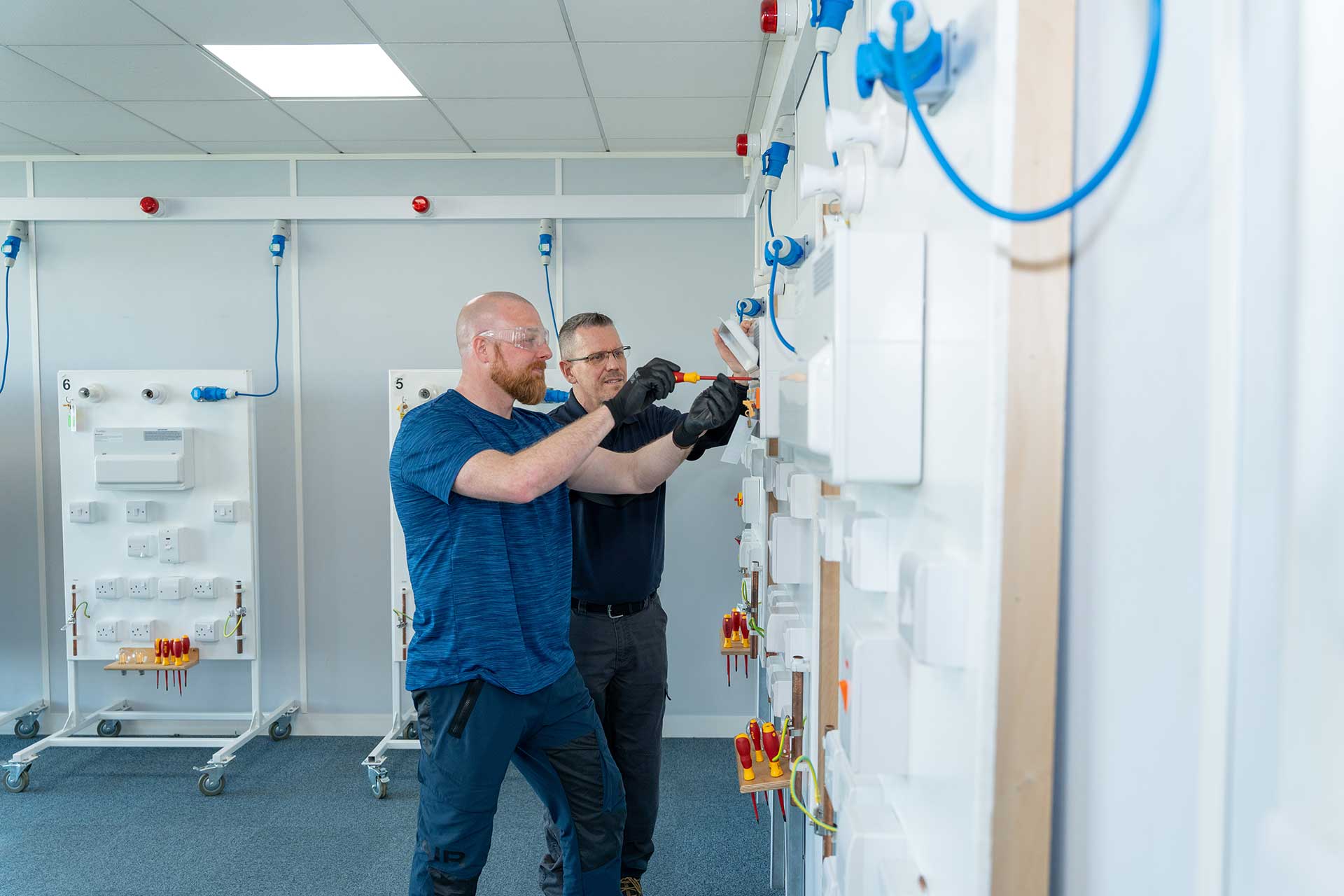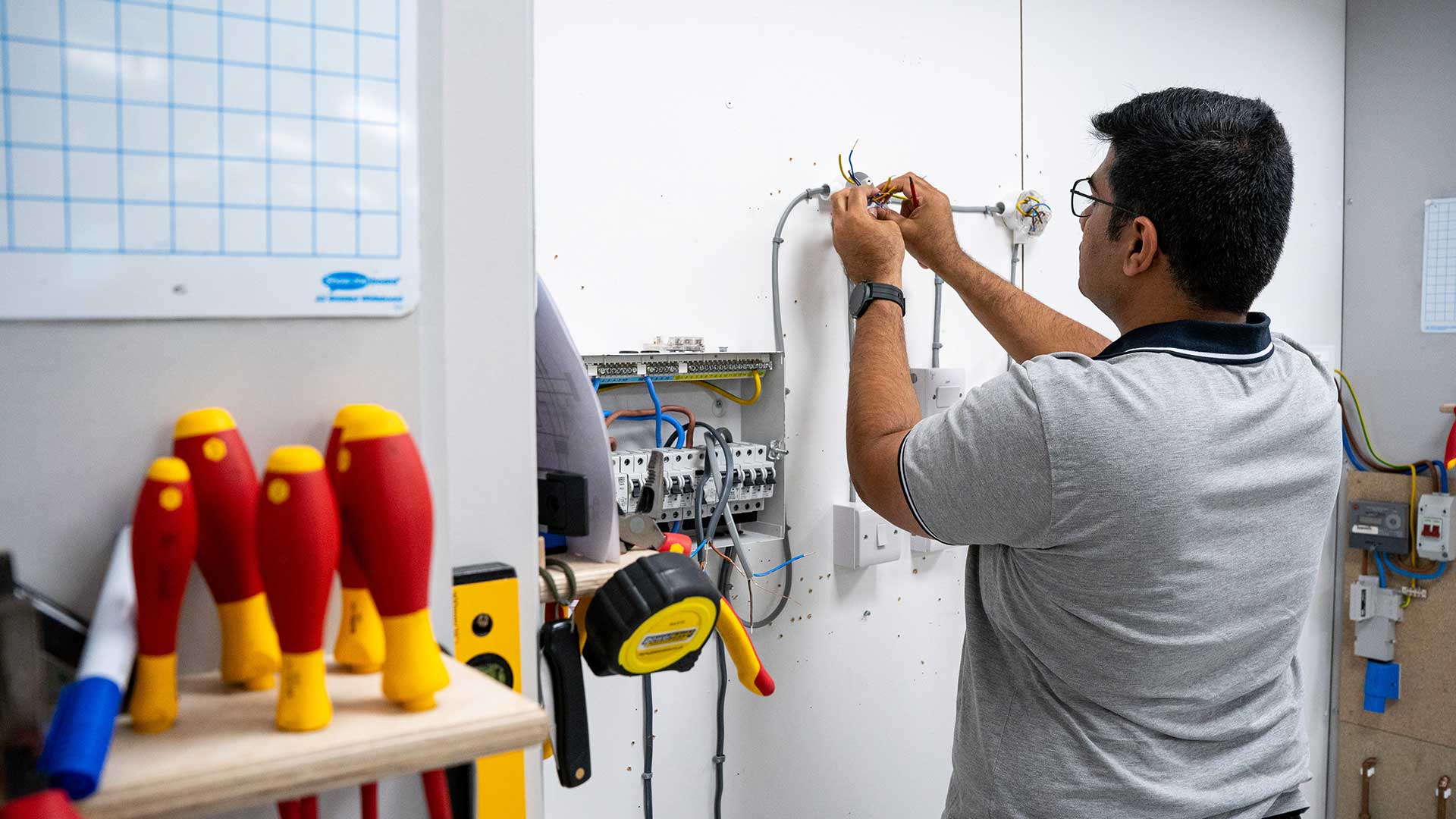Rising energy bills
With the continuing increase in energy bills, consumers are looking for ways to generate electricity from other sources, such as solar PV. The issue with solar PV is that the energy generated may not be used and any surplus is exported back to the grid. Electrical energy storage offers a great alternative and allows this surplus energy to be stored and used when solar energy is not available, for example at night or during a cloudy day.
This allows a solar PV system, or other micro-generation systems, to be used more effectively.
Planned power cuts
Electrical energy storage systems (Battery Storage Sytems) can also be used as a standby system to feed essential circuits should there be a power cut or planned shutdown of the grid supply. Planned power cuts are a real possibility in the current energy crisis and climate – the UK Power Networks is already making plans to inform affected households during periods of high demand and when supply cannot meet demand (source UK Power Networks)
How much does it cost?
Costs depend on the battery capacity, the chemical composition of the battery, and its life cycle. Typical costs for a battery storage system range between £1,200 and £6,000. The table below shows a breakdown of average costs for lithium-ion battery storage systems based on usable capacity.


Is it worth it?
For small solar PV systems, where someone is home for the majority of the day and using most or all the generated energy, electrical energy storage options may not be financially beneficial.
However, for larger solar PV systems with a good number of panels installed on the roof and for situations where there is generally little usage of energy during the day, it could be worth considering storing the electrical energy.
The option of installing EESS could also be attractive to people who want to become less dependent on the grid and want to reduce their carbon footprint.





























